Citroën BX 4TC
At the latest since the 2000s and a certain Mr. Sébastien Loeb, the French car manufacturer Citroën has been known as a successful brand in rallying. A French car which set out to conquer the World Rally Championship in Group B time, but failed phenomenally in the process, doesn’t sound like it came from this carmaker at first. However, with the Citroën BX 4TC, an all-wheel-drive rally animal appeared on the track, perished there and was buried as quickly as possible. All the more interesting from today’s perspective. If one asks around today, which vehicles were driven in the legendary Group B, one hears the names “Audi Sport quattro”, “Lancia 037” and “Lancia Delta S4”, as well as “Peugeot 205 Turbo 16”. After that it gets pretty thin for the most part. Some car fans may remember that Ferrari 288 GTO and Porsche 959 were also built for these quite freely designed rules.
Attractive for manufacturers
However, both of them didn’t make it into competition, because due to serious accidents, both Group B and the successor series Group S were immediately banned by the motorsport authorities. Rally fans who may have seen the “Slowly Sideways” driving in the supporting program of some rallies will know the MG Metro 6R4 and the Ford RS200 in addition to the cars already mentioned. But then it will be really tight with further entries. One of these lesser known cars we want to present here: The Citroën BX 4TC. In the mid-1980s, Group B became more and more established. Huge crowds were attracted to the dustiest, muddiest, most remote tracks in the world. As a result, more and more manufacturers were thinking about a suitable vehicle to attract this publicity.
Own rally program at Citroën
The general conditions were quite inviting: Only 200 examples of the planned competition car had to go on sale as a road-going homologation version. Otherwise, the manufacturers could choose between naturally aspirated or turbocharged engines, all-wheel drive or rear-wheel drive, and any body style that their own range offered. Although the Peugeot 205 Turbo 16, a thoroughly successful car from the PSA group, was already competing in the World Rally Championship, Citroën was also thinking intensively about entering the highest class of rallying. They even built various prototypes based on the small Visa and other models, but they were unable to hold their own against the competition. Finally, the decision was made to let the mid-size sedan BX attack. They selected one concept out of five different prototypes. Many parts came from Peugeot Sport to reduce costs.
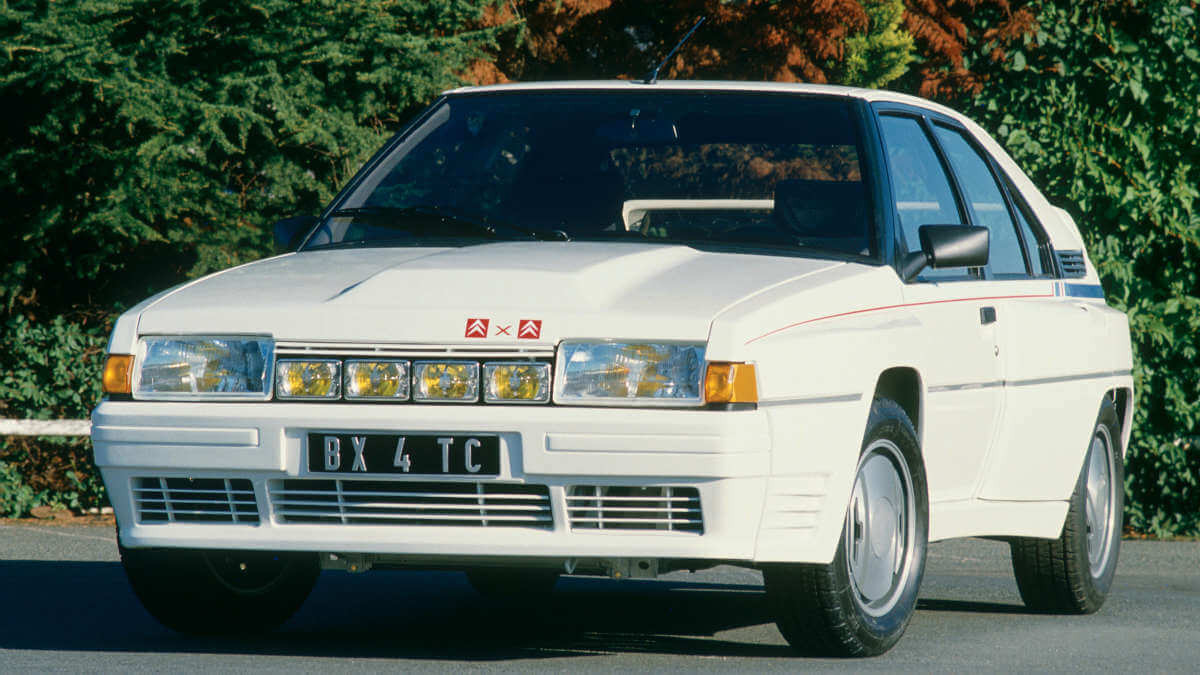



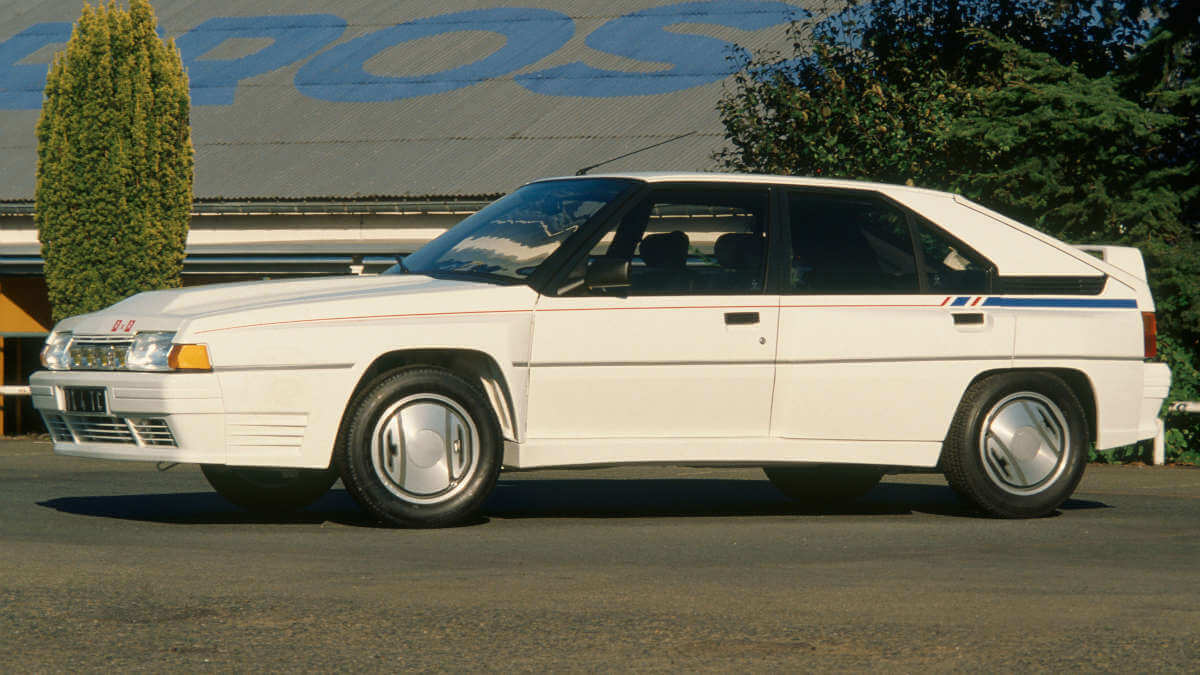



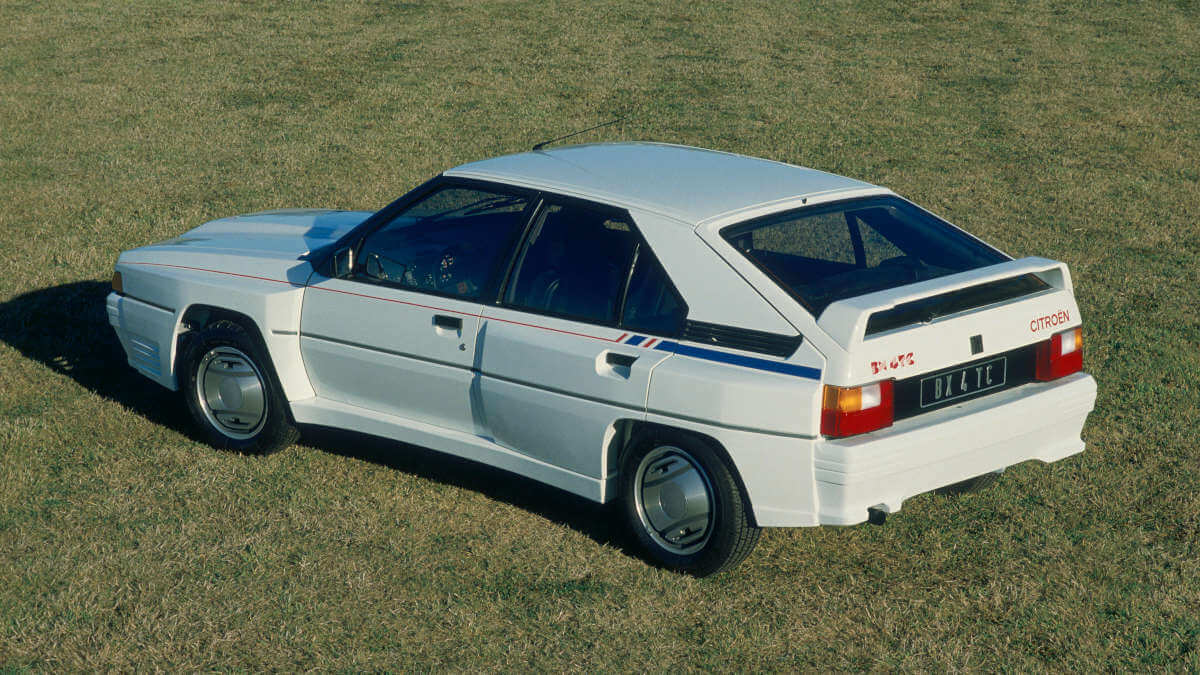



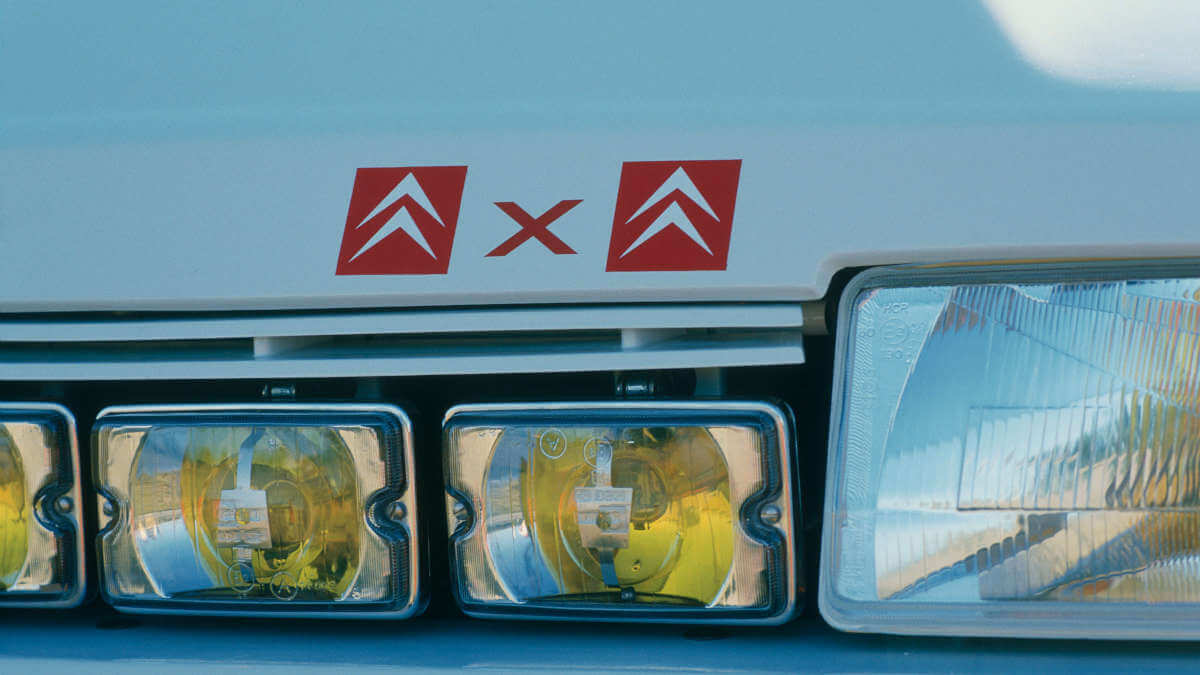



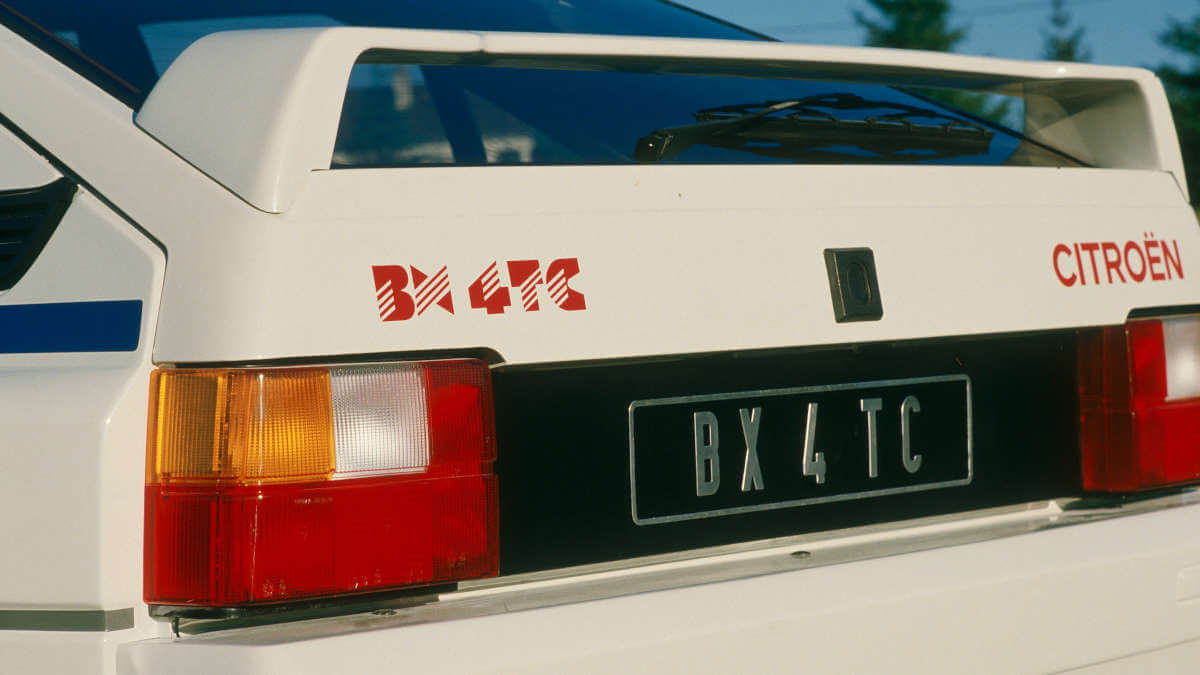



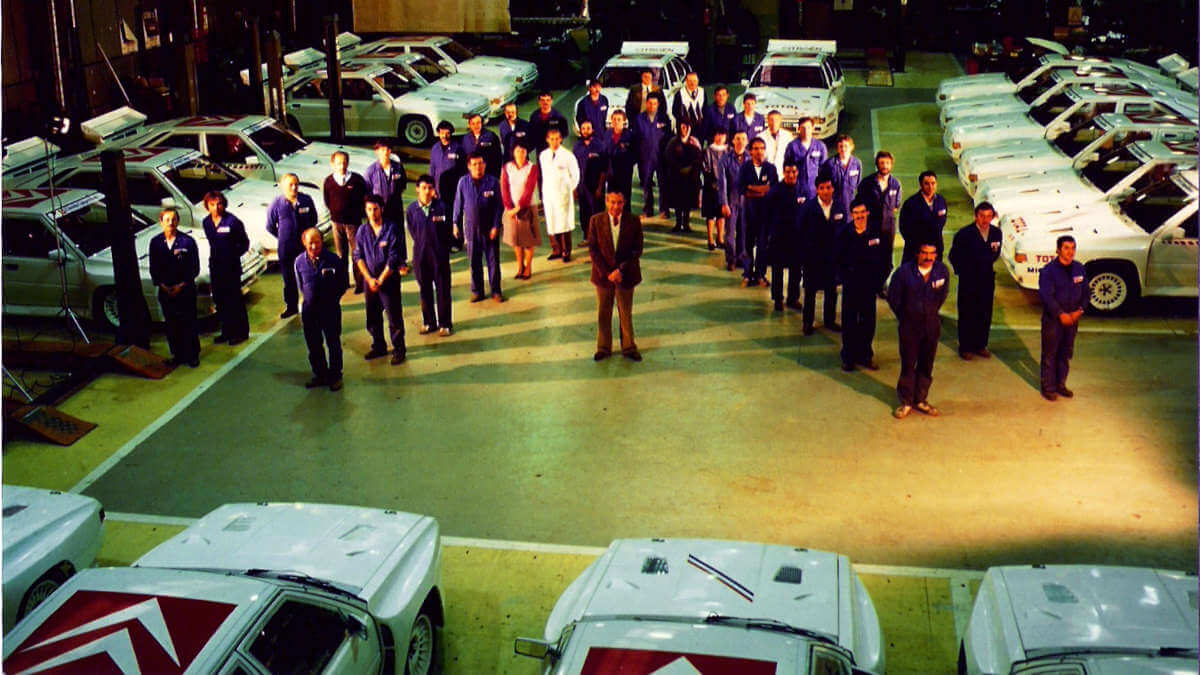



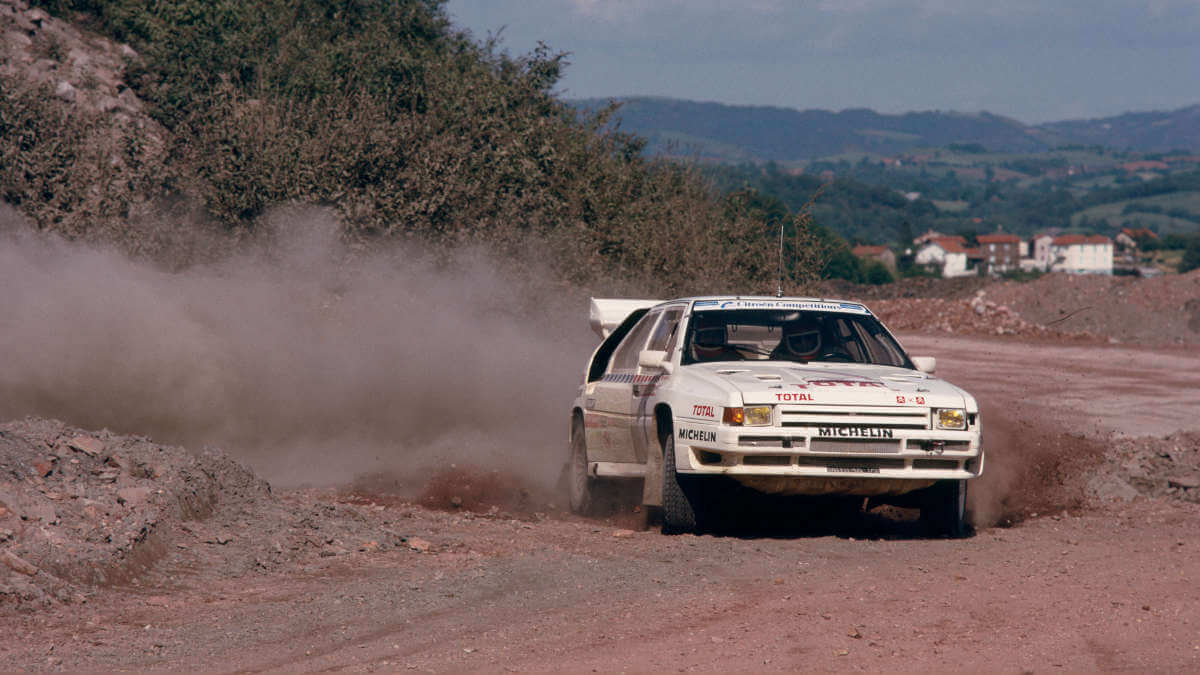



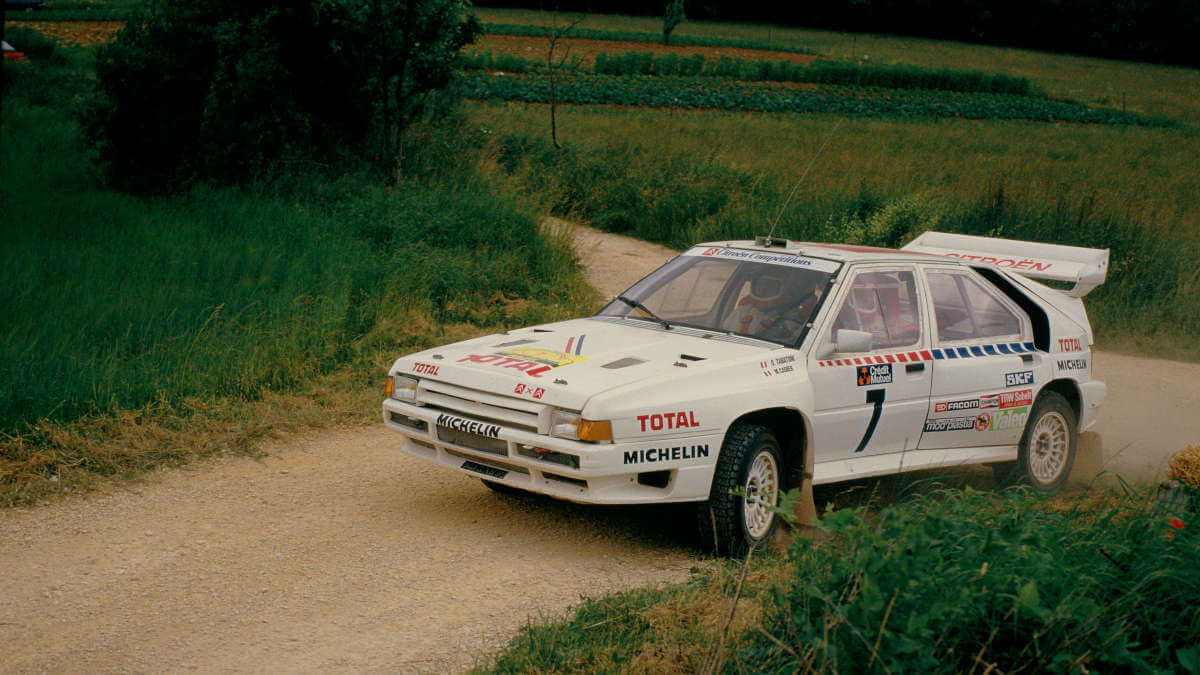



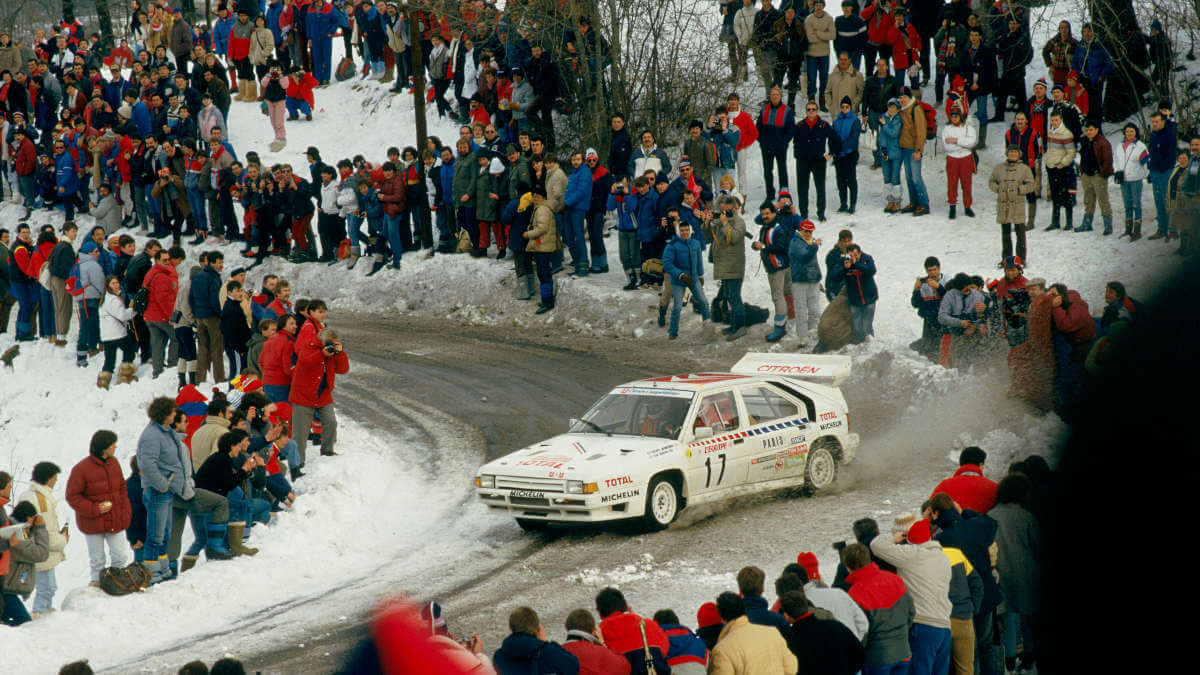



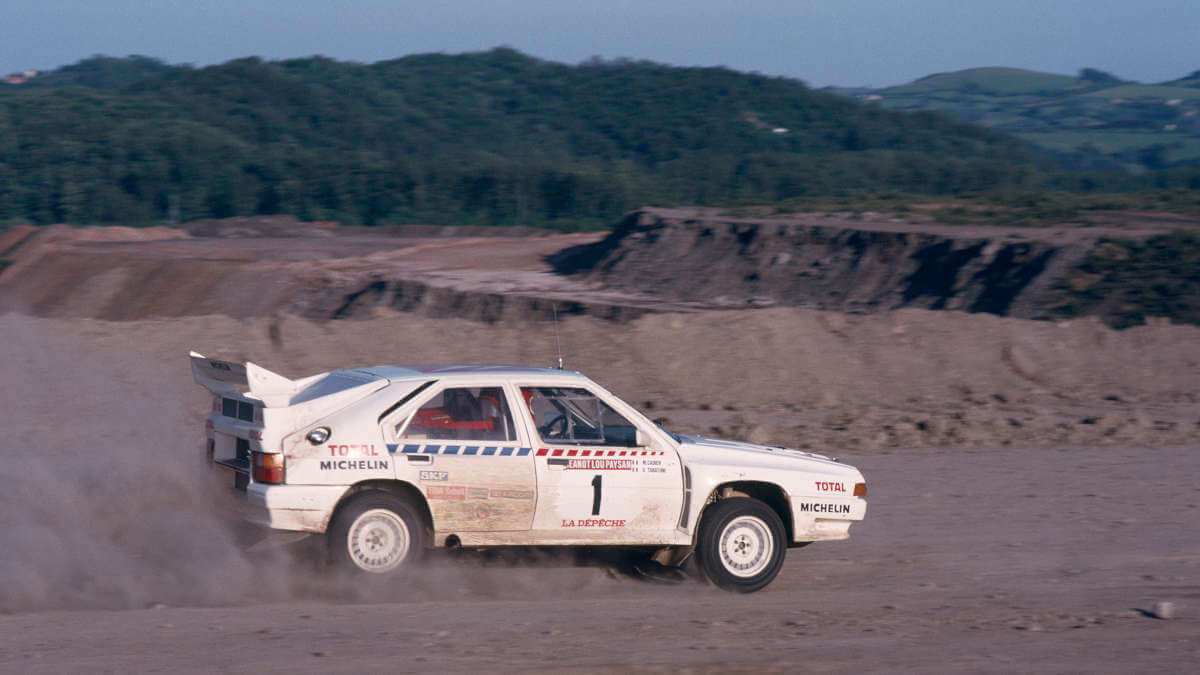



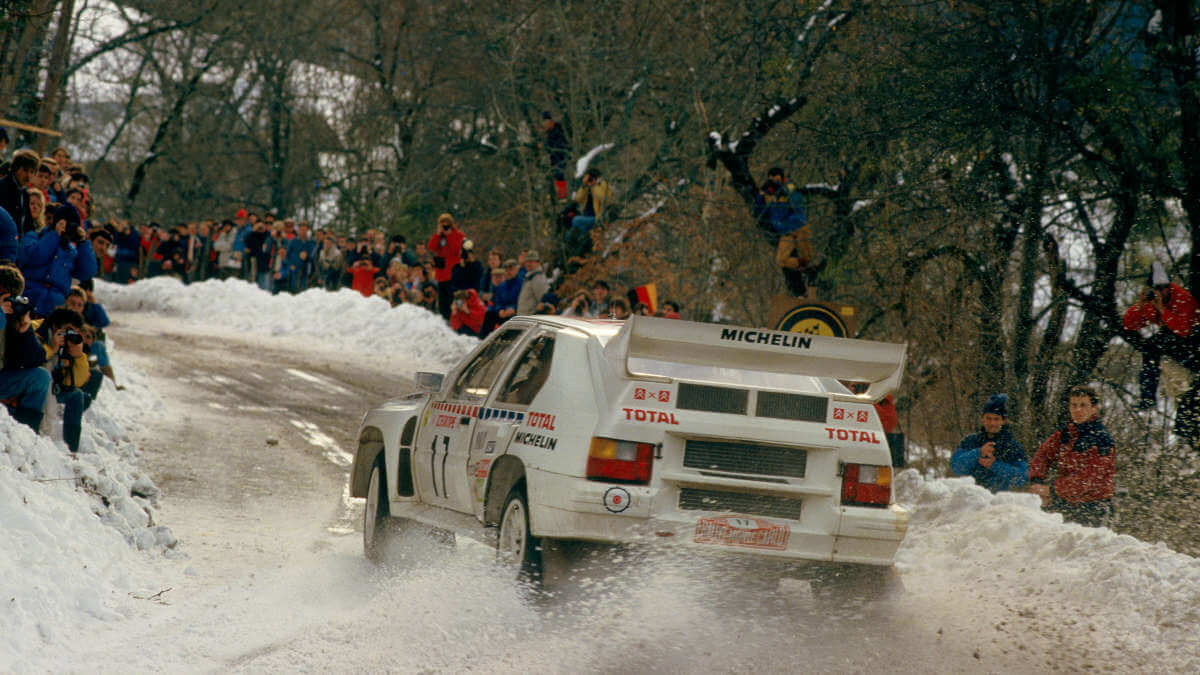



BX 4TC was homologated in 1985
This idea was also prompted by the fact that the BX in the rally version was to borrow its engine layout from the Audi quattro: Longitudinal instead of transverse and with the longer side in front of the front axle. The fact that Audi already had problems with understeering vehicles as a result didn’t seem to interest anyone in France. In addition, they wanted to show the rally world that their hydro-pneumatic suspension, for which Citroën had been known since the ID and DS, would also hold up on gravel, mud, snow and dust. For use in the World Rally Championship, at least 200 examples had to be sold to private customers, and these had to be completed before the car could start its first event. In October 1985, the time had come: the Citroën BX 4TC could be homologated. In addition to the longer, wider front with powerdome, the widened rear wheel arches are particularly striking. This creates space for larger wheels than would have been possible in large-scale production.
200 hp on the road, 380 hp in rallies
Between the headlights are four smaller, rectangular auxiliary lights. A small rear wing on the trunk lid helps improve the sedan’s grip. Under the hood, the French installed a 2.1-liter four-cylinder turbo engine from Chrysler and Simca. In the road version, it produces 147 kW/200 hp and a maximum torque of 300 Nm. Equipped in this way, the sedan sprints to 62 mph in 7.5 seconds and achieves a topspeed of around 137 mph. Thanks to a KKK turbocharger, the competition version BX 4TC Evo produces 279 kW/380 hp and 460 Nm of torque. Depending on the gear ratio, the Evo accelerates to 62 mph in around 5.5 seconds and could reach speeds of up to 174 mph. The five-speed manual transmission came from the already aging Citroën SM.
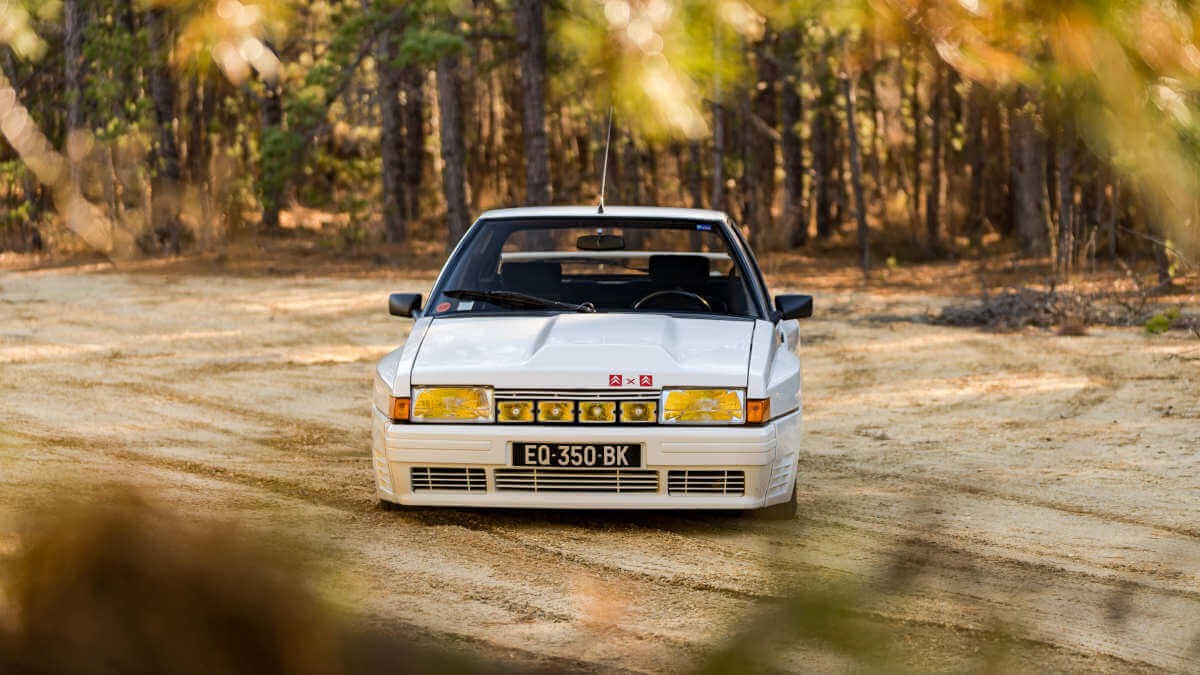



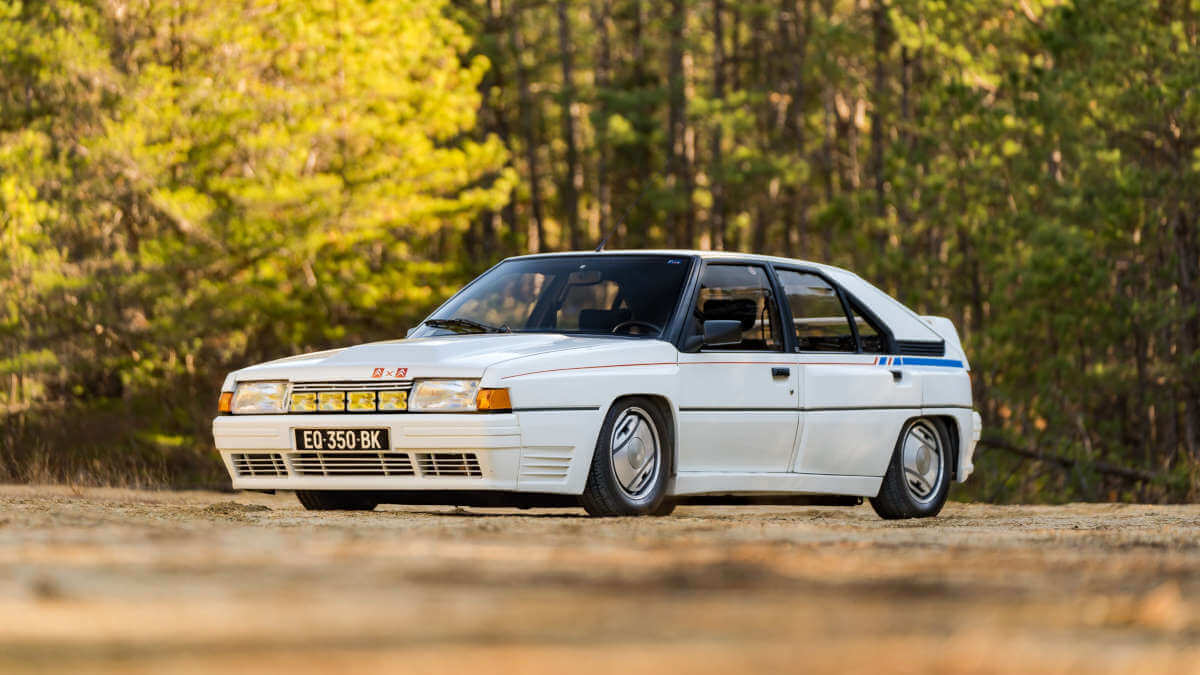



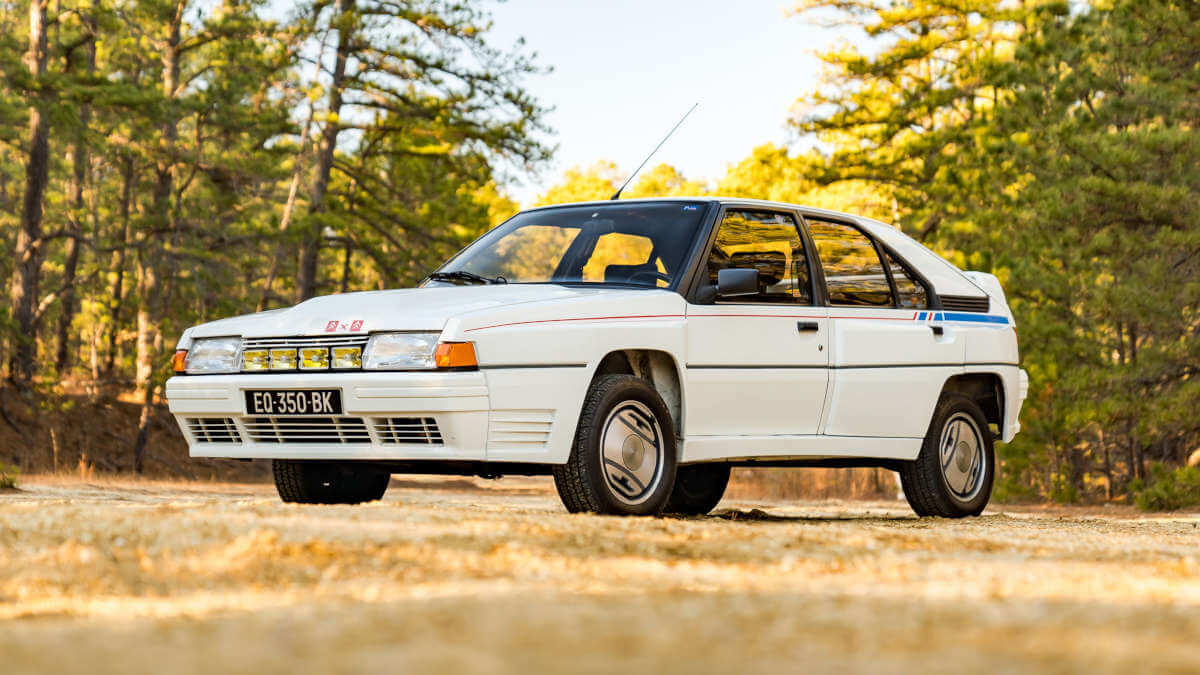



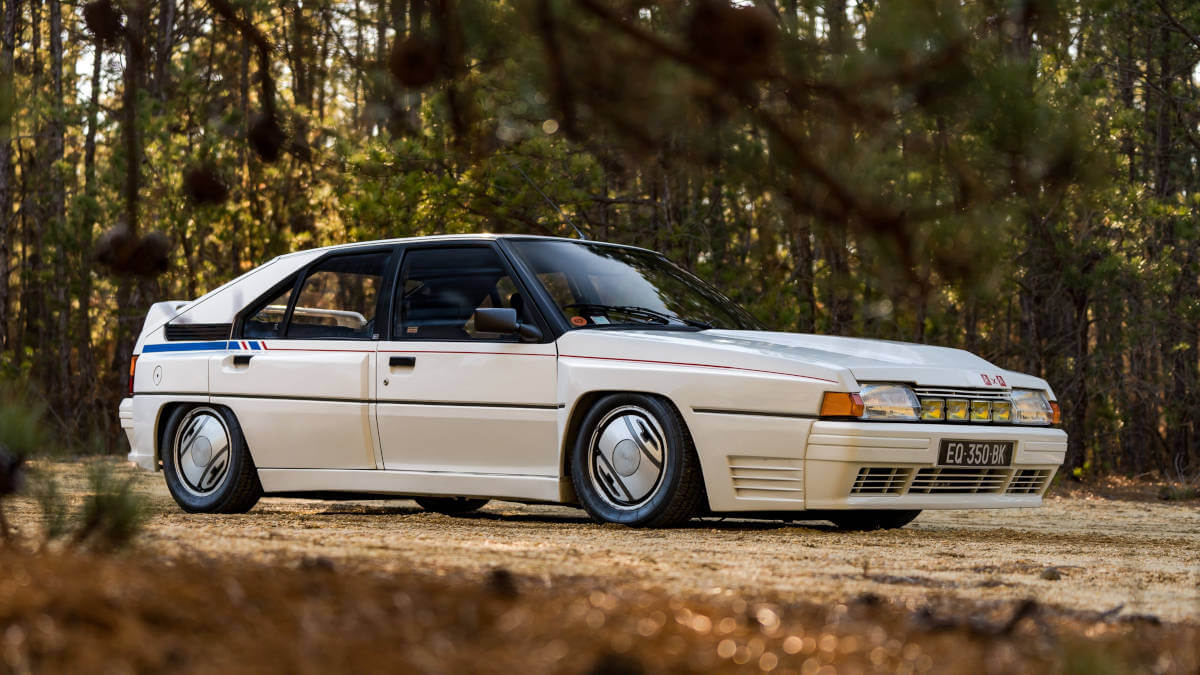



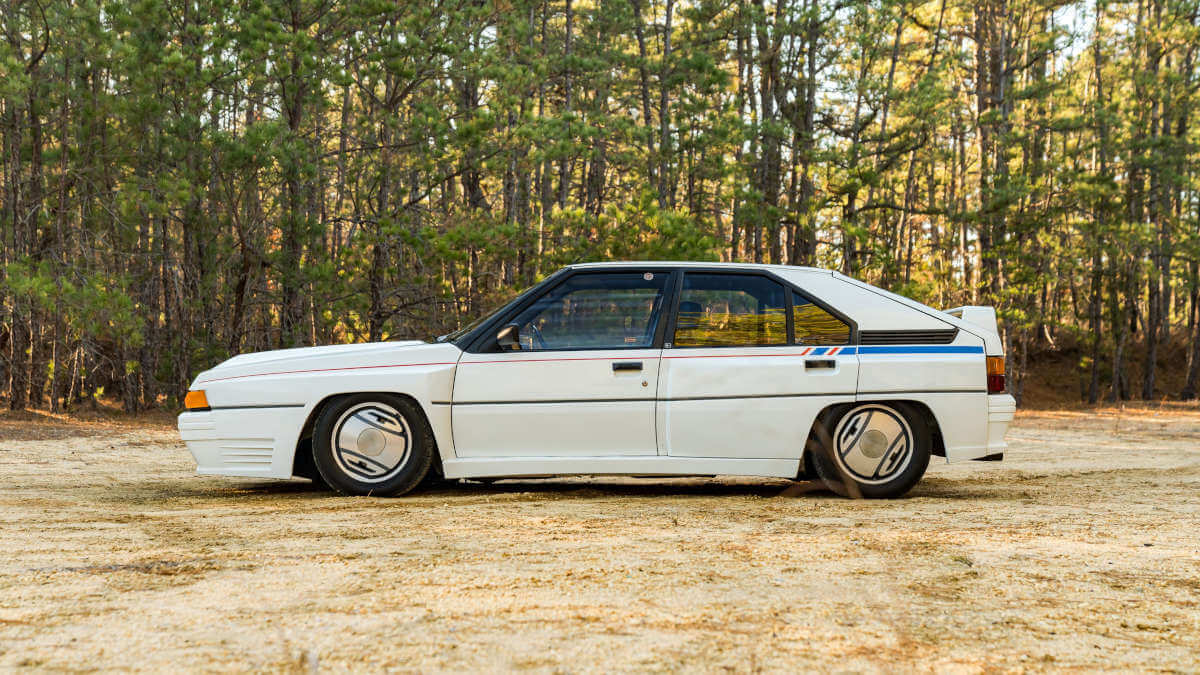



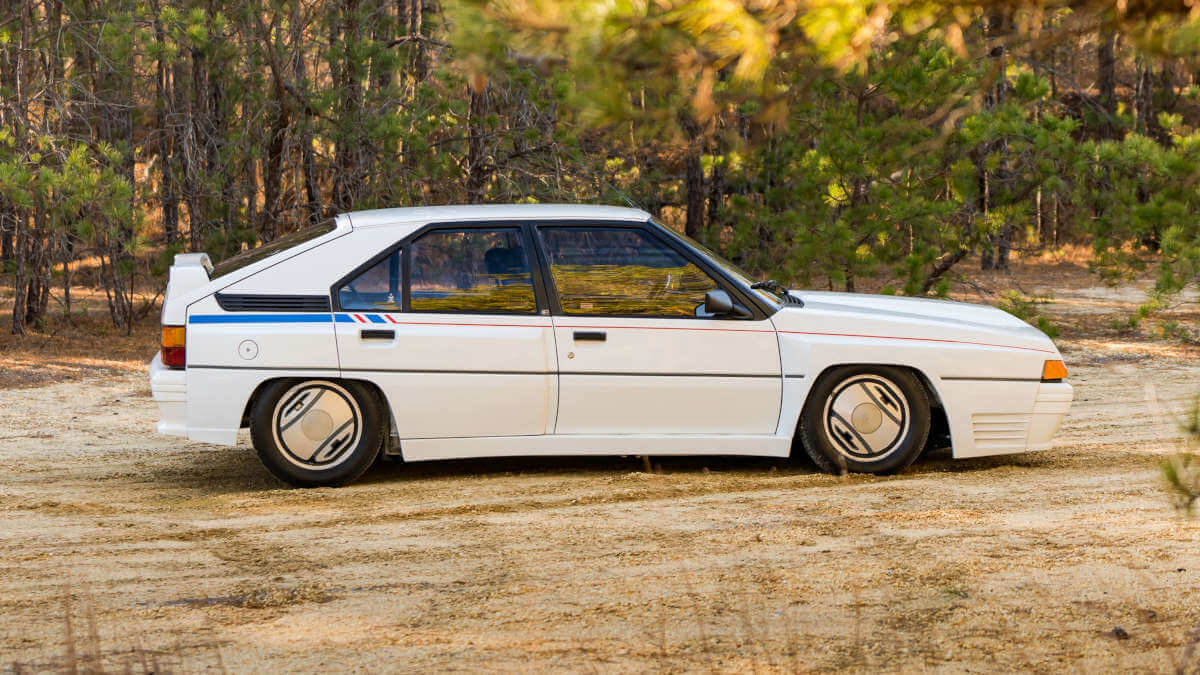



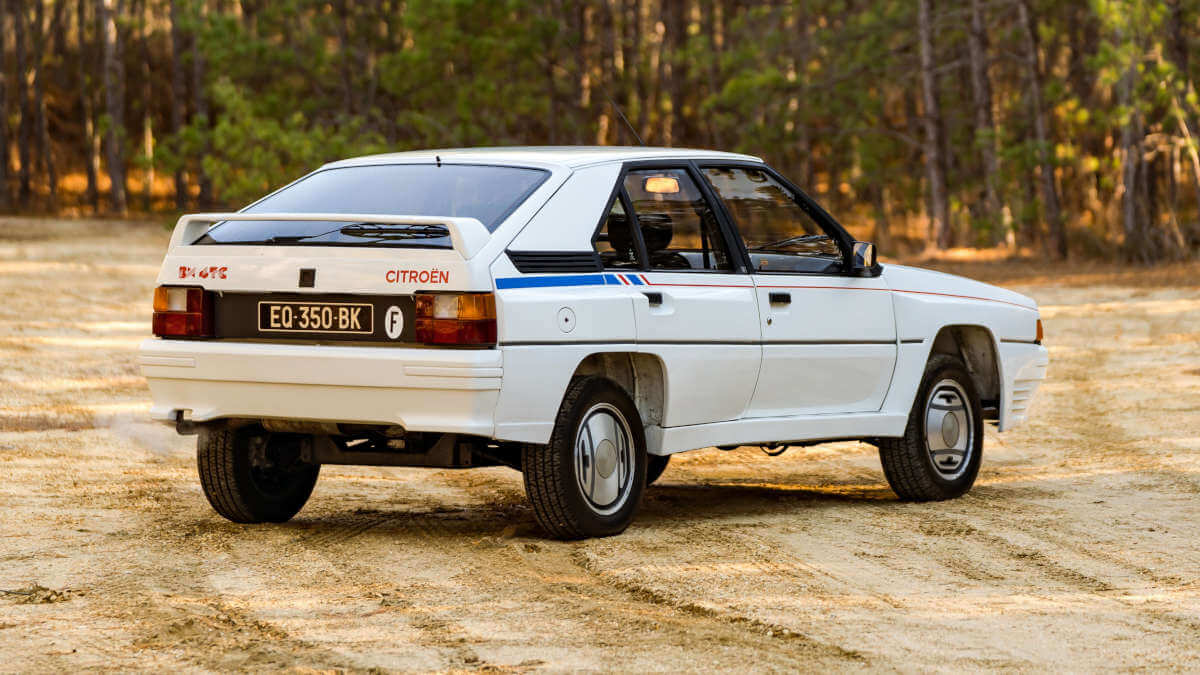



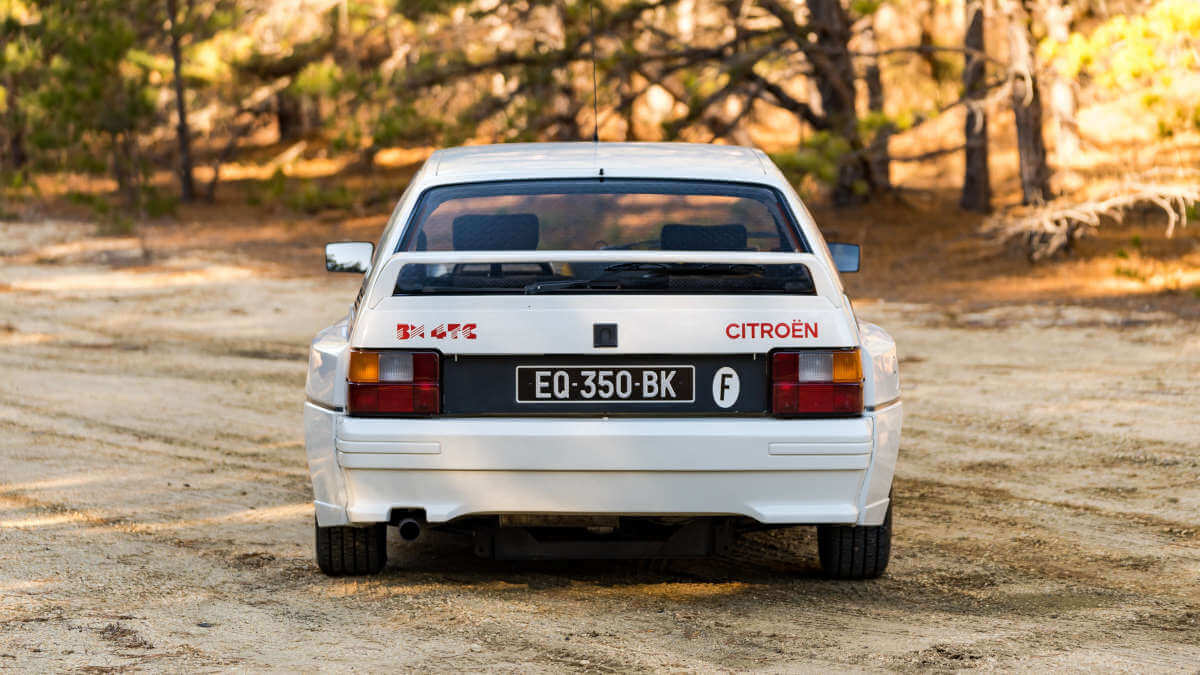



Luxury or rather rudimentary?
The interior of the road version was similar in many details to that of the BX Sport, which was launched shortly afterwards. Additional round instruments informed the driver about oil and water temperatures. Up to four other people could travel with the driver in sporty luxury. The competition version Evo understandably does without such internals. Instead, it has a rollcage and two racing bucket seats with six-point seat belts. Added to this were technical gadgets for the co-driver to be able to relay the exact location to the pilot at any time via his microphone. This is very important in rallies when driving at high speed between trees and stones. In the 1980s, even more so because Group B cars were particularly fast. This brings us to the chapter that broke the neck of the BX 4TC and made it disappear into oblivion: Rallying.
Technically not mature
Hard to believe, but a vehicle that had been developed primarily for motorsport failed exactly there. Citroën wanted to enter two or three cars in 1986. But even the first outing at Monte Carlo was a disaster. In the first special stage, the first car failed to finish with a defective suspension. Five stages later, the second car disappeared in a ditch from which it couldn’t get out on its own. Total failure. There were mixed feelings at the following Sweden Rally. While the team Wambergue/Vieu had an engine failure, Andruet/Peuvergne finished 6th overall. This remained the car’s greatest success. In the rough conditions of the Acropolis Rally (Greece), it finally became unmistakably apparent that the BX 4TC Evo was far from mature. Within just a few special stages, all three entered cars failed with suspension defects.
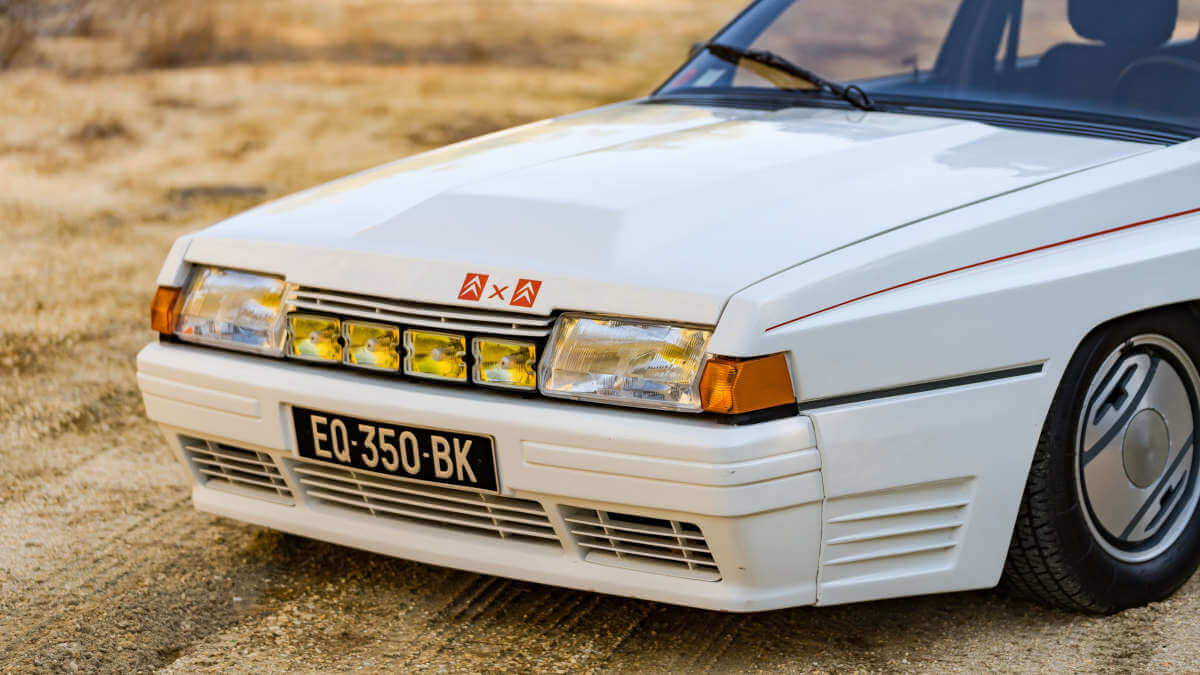



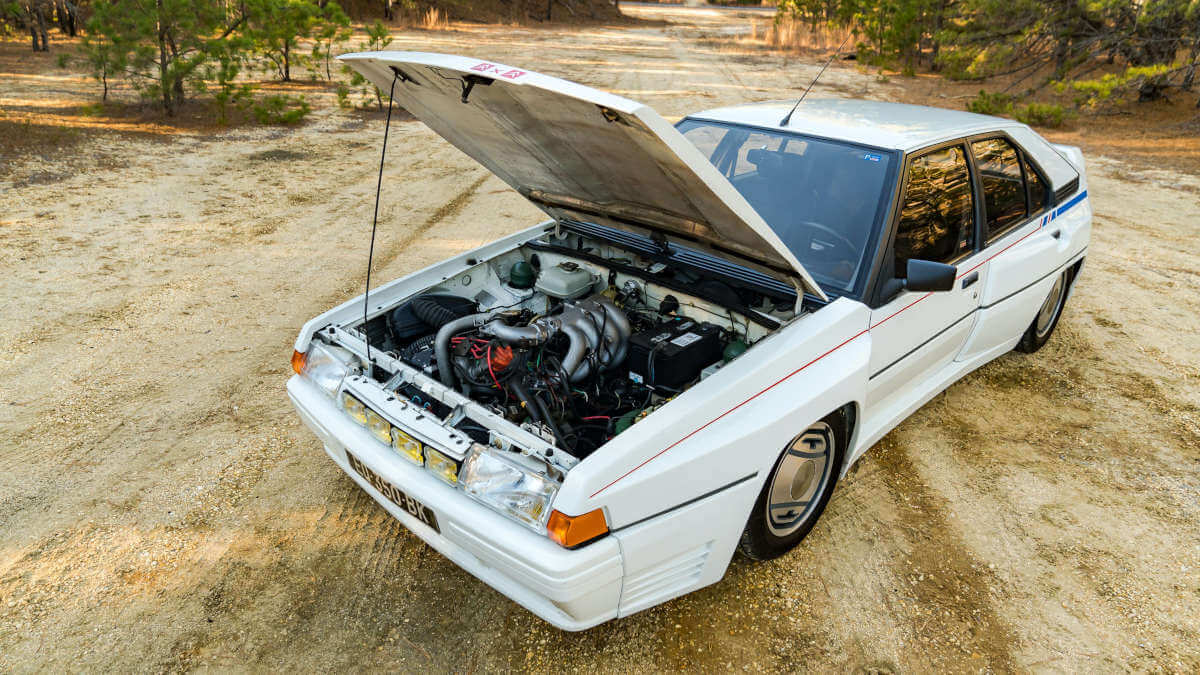



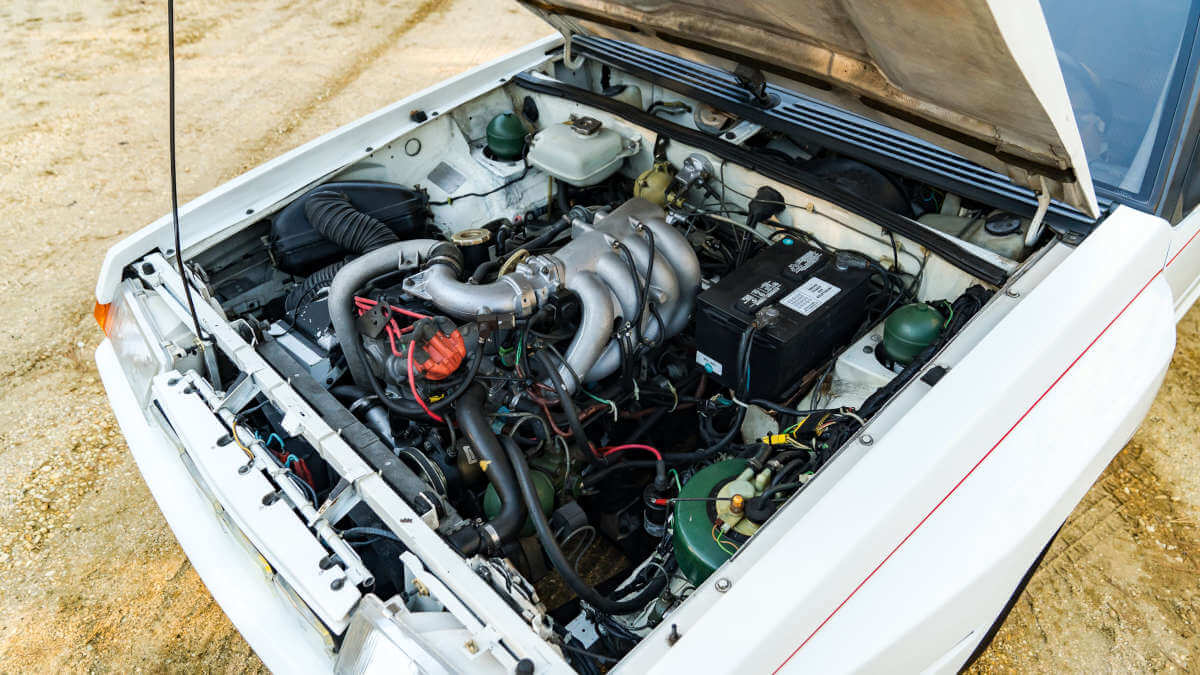



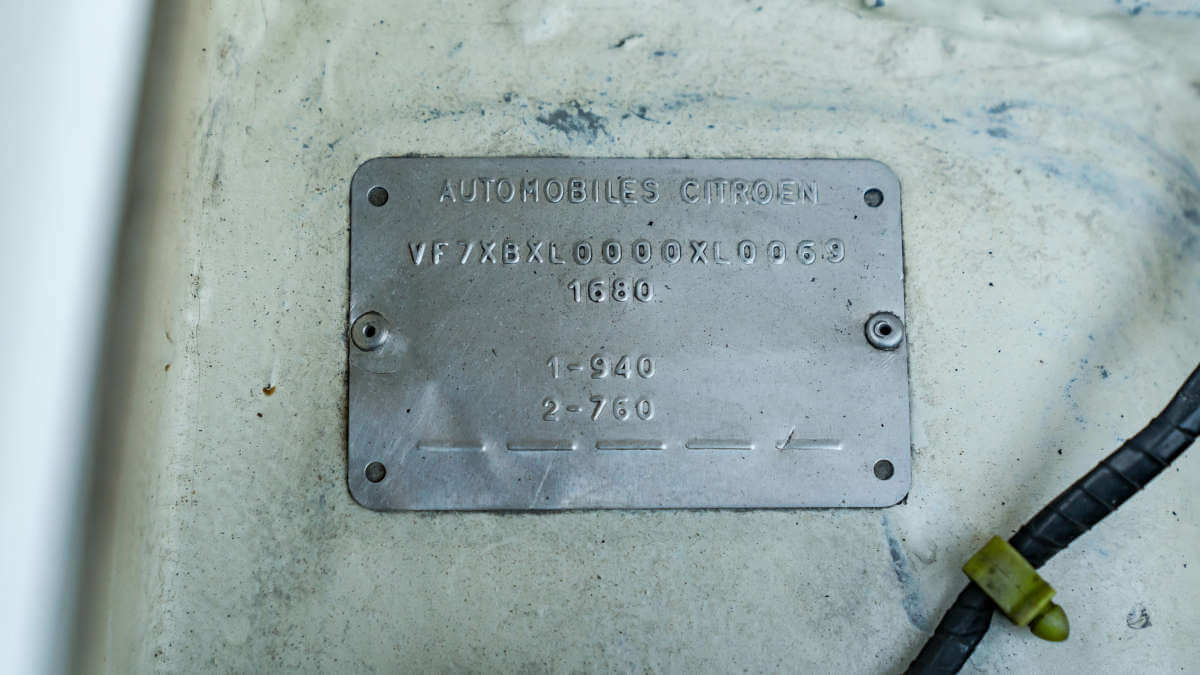



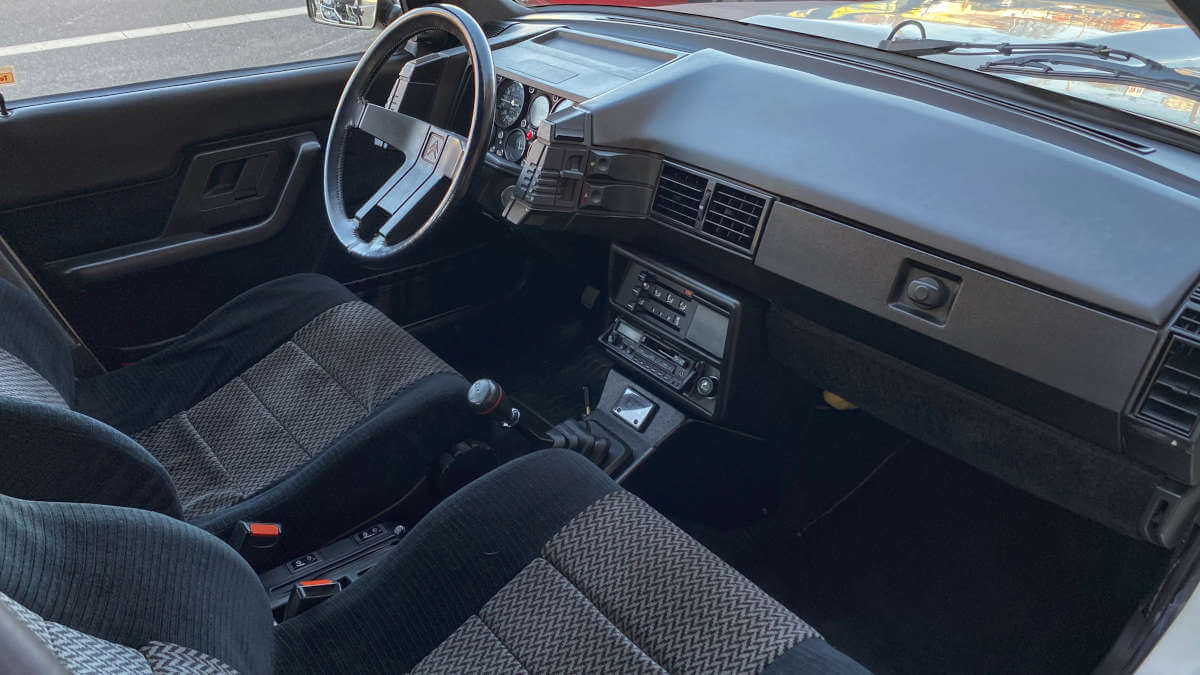



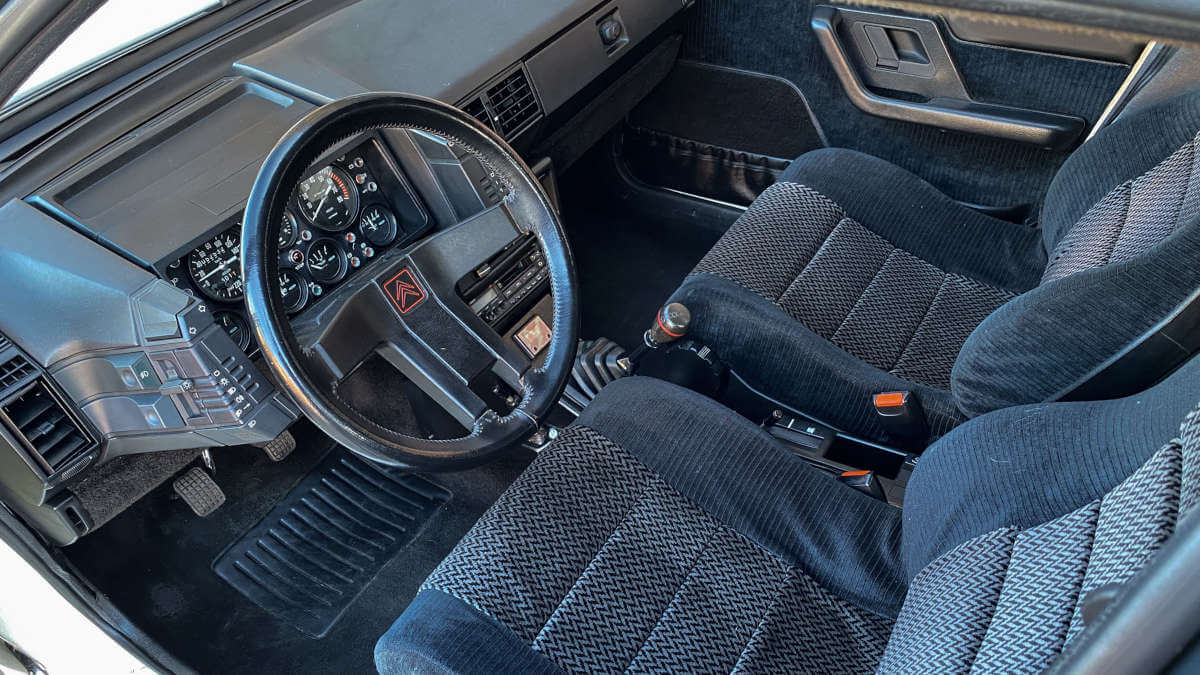



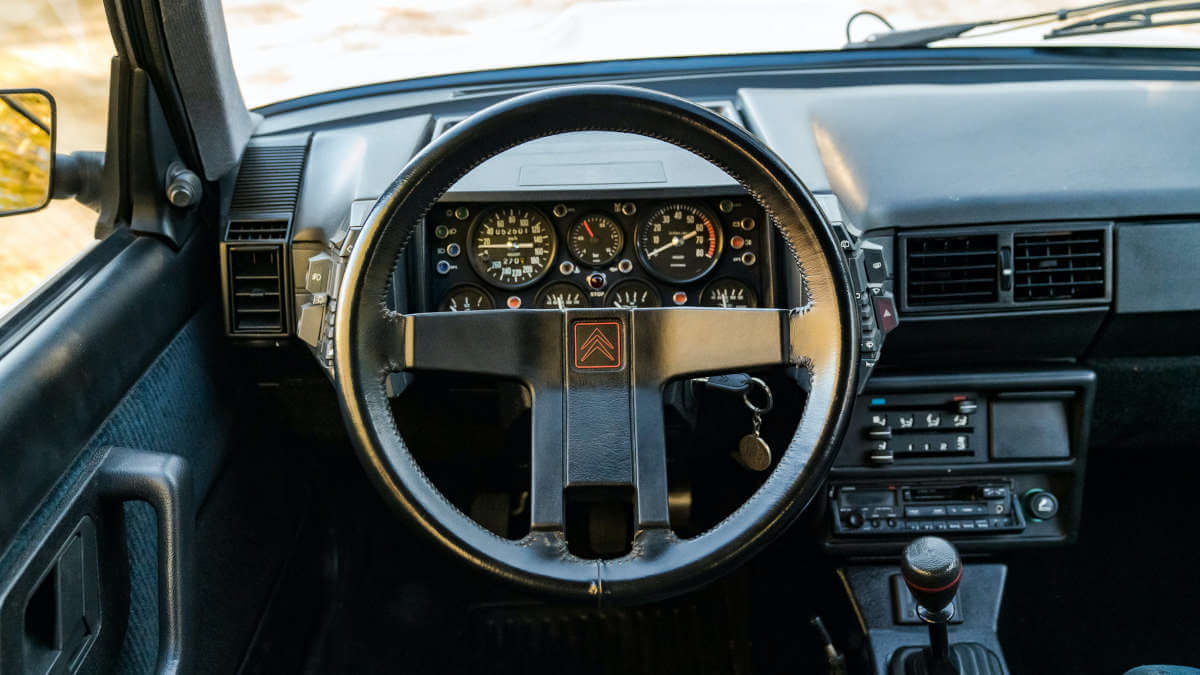



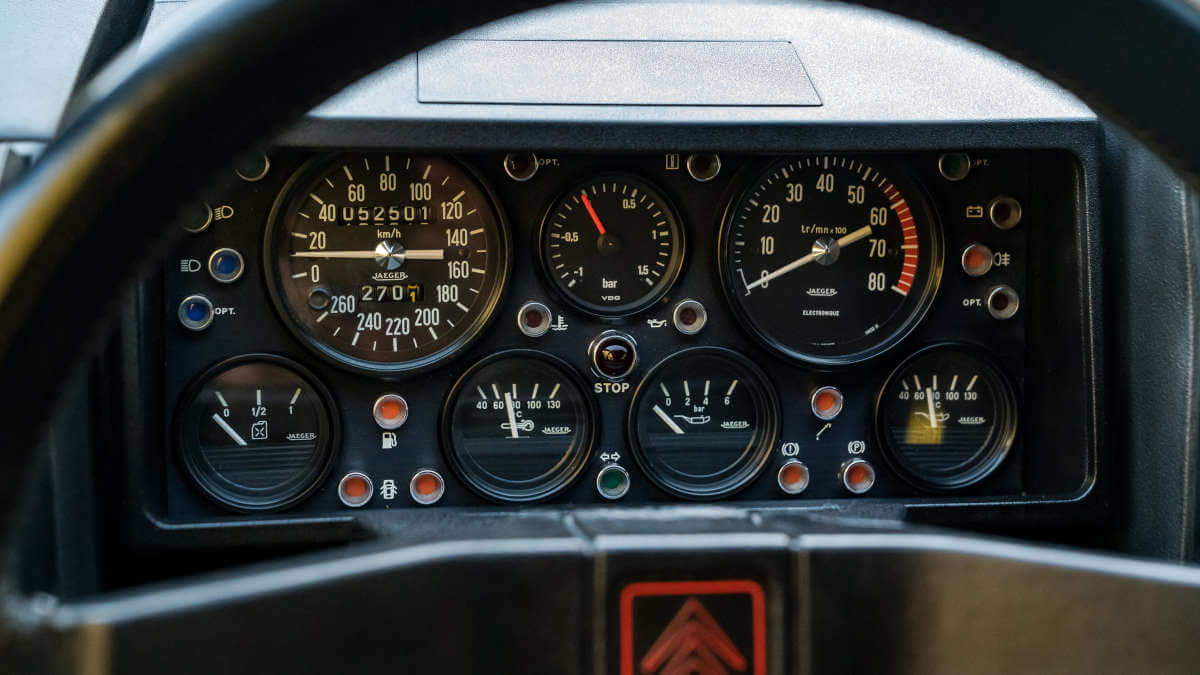



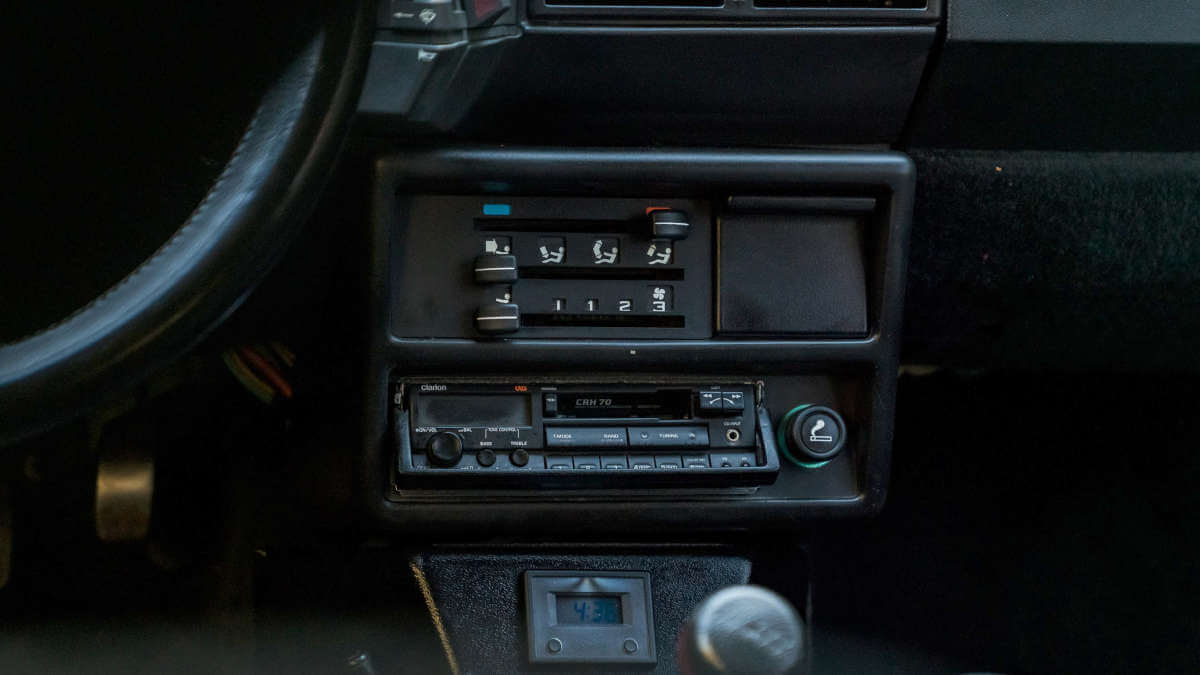



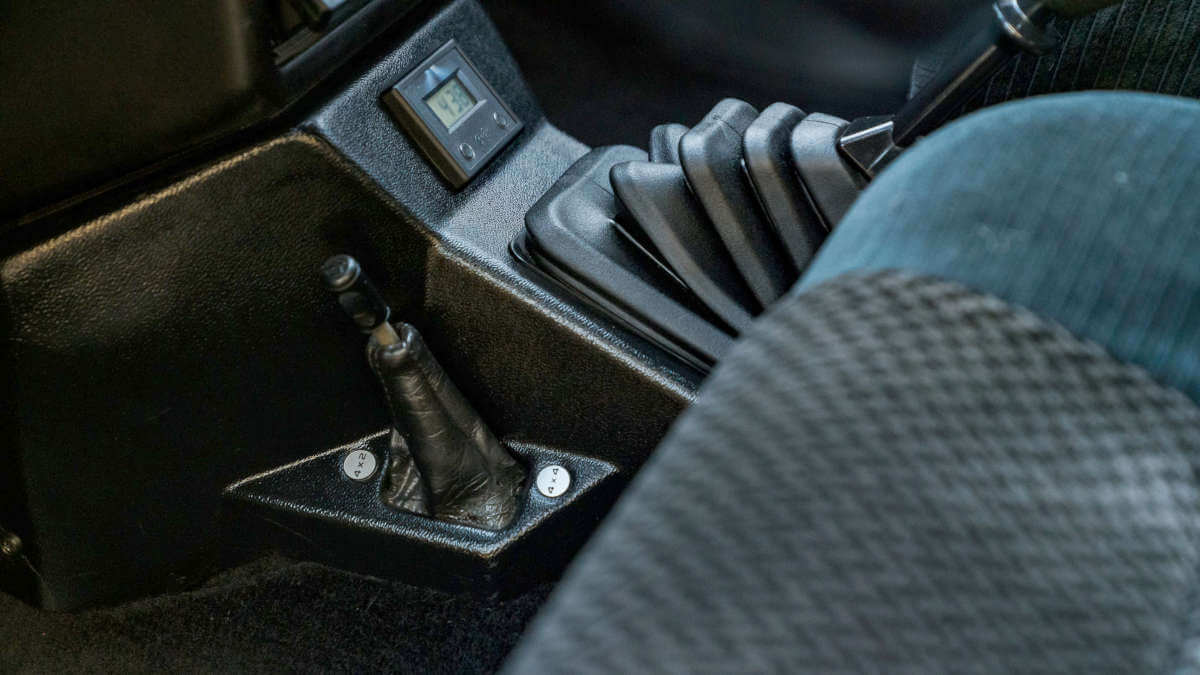



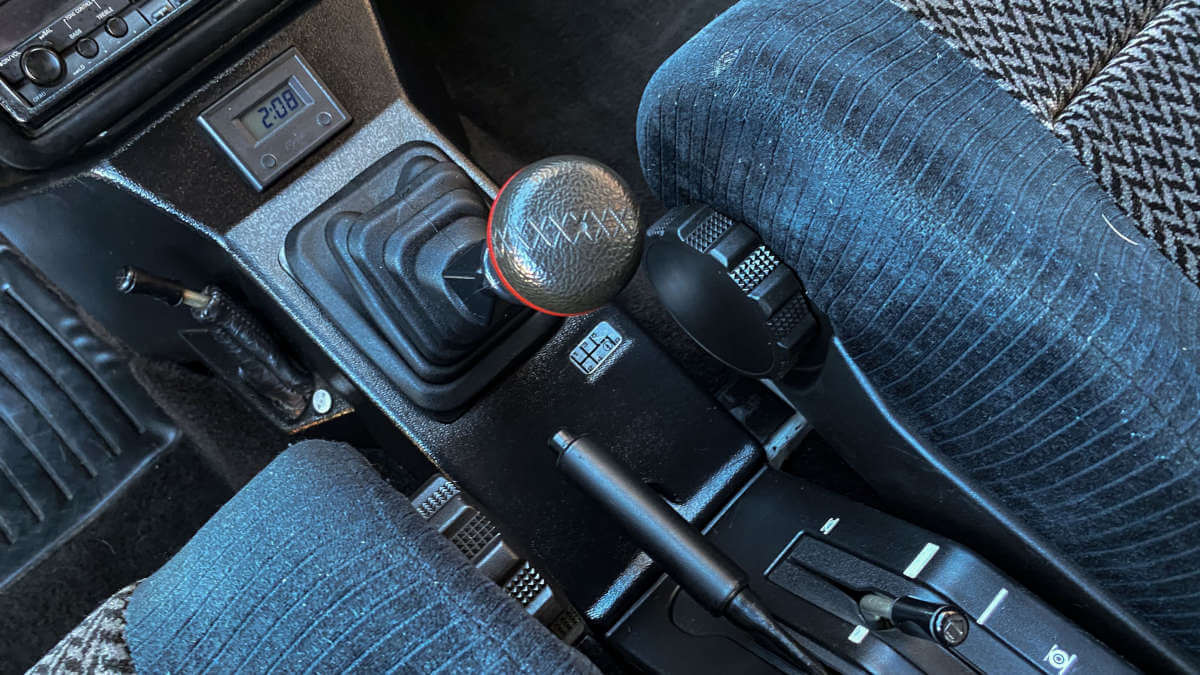



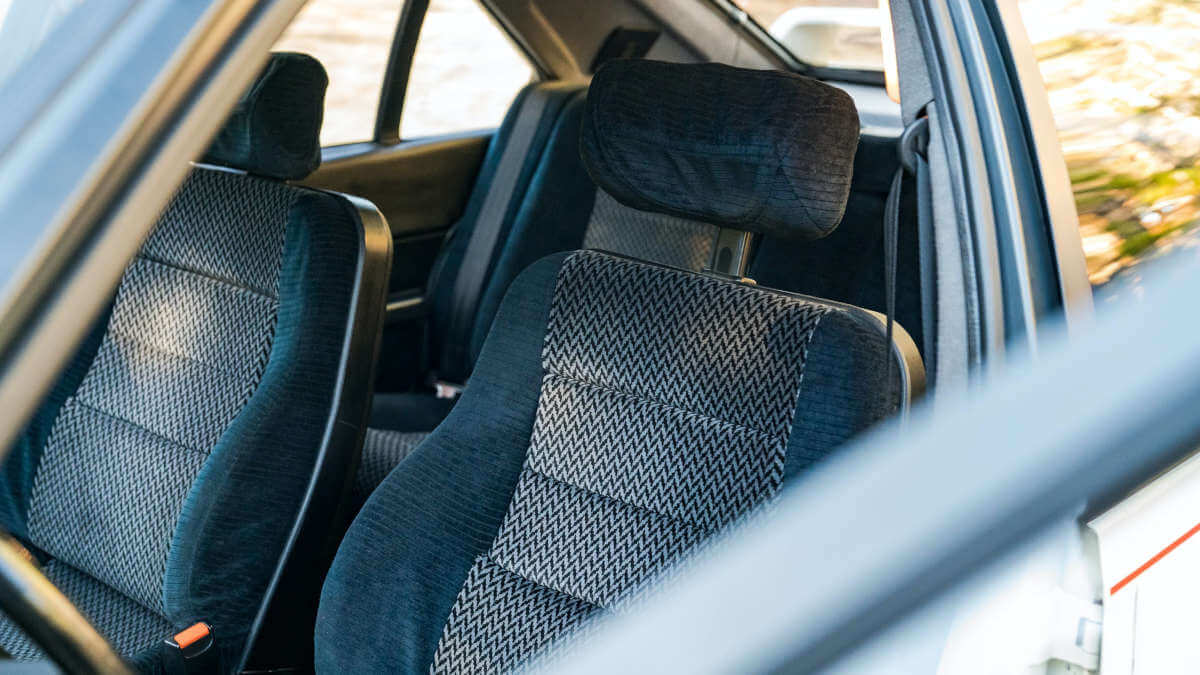



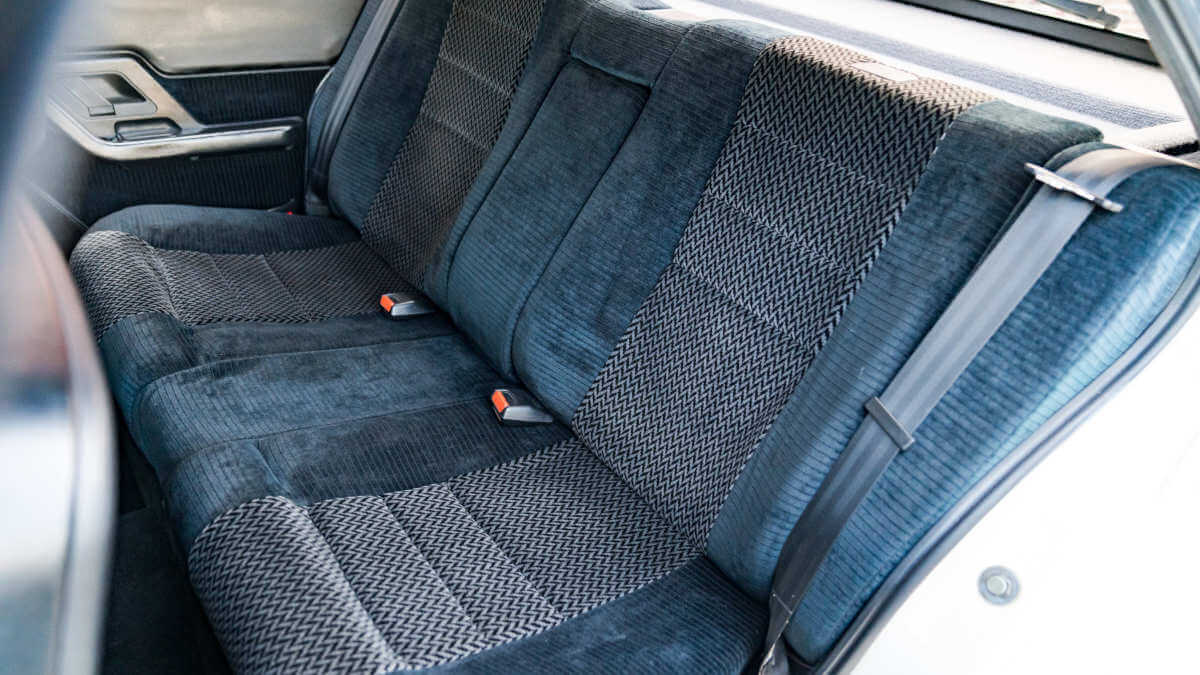



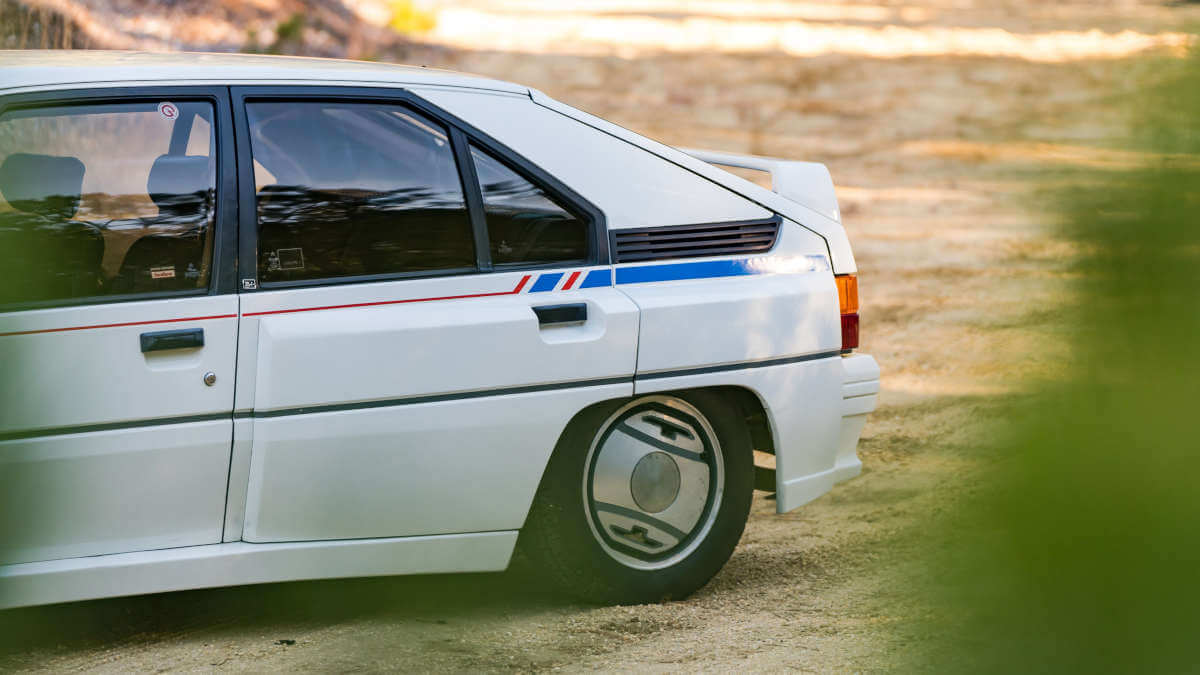



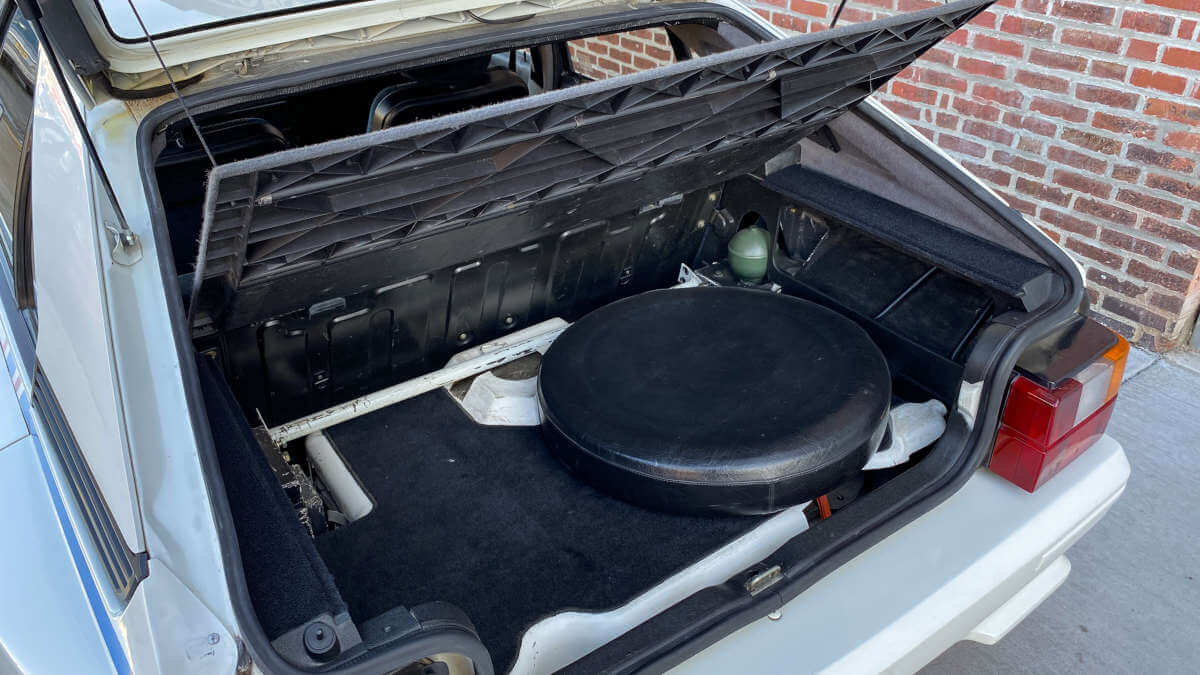



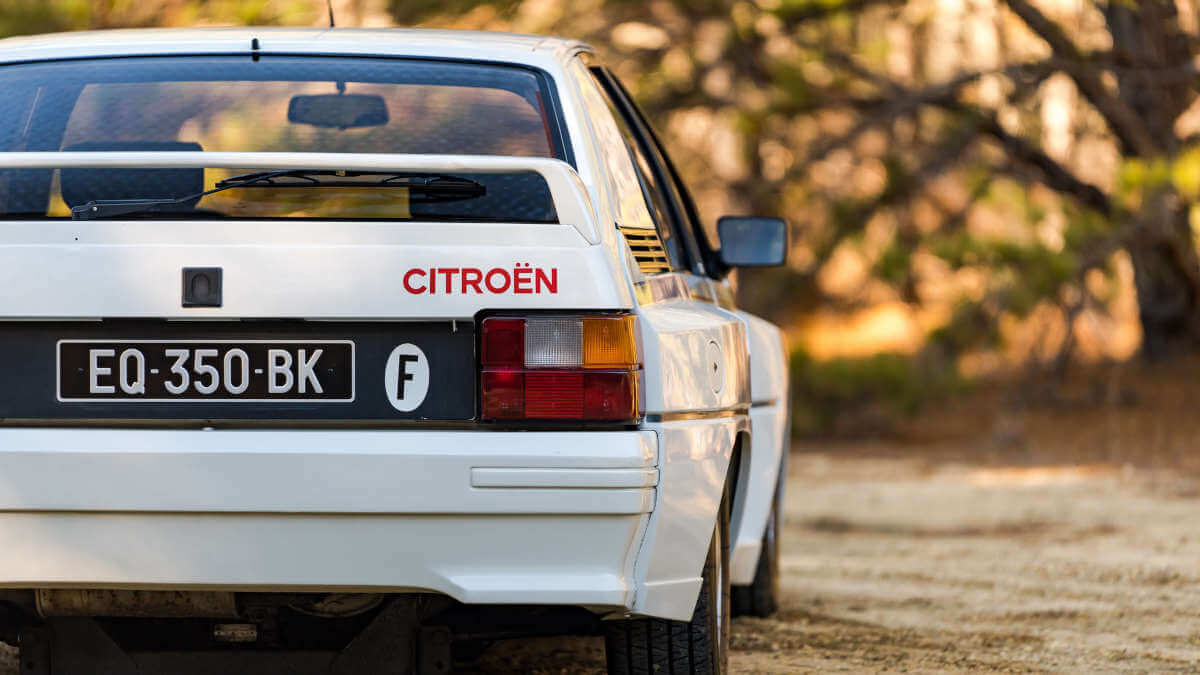



Cars bought back and scrapped
The cars entered in the French rally championship at the same time were also running below par. Citroën finally pulled the plug and abruptly ended the project. This was accompanied by the order to dismantle all BX 4TCs still at dealers and in the factory. Therefore it is clear why hardly any vehicles are still sighted anywhere. Up to that point, just 86 cars had made their way into private hands. With a new price of 248,500 francs at the time, no wonder. In Germany and other countries, the BX 4TC was never eligible for registration. Today, only around 40 examples of the BX 4TC are still known to exist. Citroën kept one rally car and one road car for their in-house collection. Of the remaining 19 Evos, between two and five have survived, depending on the source. However, they are kept in collections and are rarely shown at events. Another car survived in Bertone’s in-house collection in Italy – as the Bertone Zabrus Concept.
BX 4TC came too late
The question remains whether the Citroën BX 4TC would have been more successful if more testing work had been invested? From today’s perspective, of course, it is difficult to say, but probably not. In 1986, with Lancia Delta S4, Peugeot 205 Turbo 16 and Ford RS200, the Group B bandwagon was heading towards absolute special cars built only for one purpose. The BX, on the other hand, still leaned closely to the production car. Moreover, at the end of the year Group B was banned anyway, after several fatal accidents with deaths and injuries had occured. It had simply become too fast for the tracks available to it. Walter Röhrl said, “With these cars, you’re already too slow with your thinking.” It was undoubtedly a wild and awesome time. But in retrospect, it’s uncanny even to former rally drivers how they could race through those crowds at top speed.
For sale at LBI Limited
Currently, LBI Limited is offering a Citroën BX 4TC road version for sale in the USA. The car still carries the original French license plates. In addition, with just over 52,500 kilometers of mileage, it has accumulated some patina. Nevertheless, the previous owners paid attention to a good overall technical condition and regular maintenance. As a result, both the engine and transmission as well as the height-adjustable chassis are in good running order. The first owner in Paris kept the car until February 2000, while the second owner kept it only a few months. The third owner gave it asylum until 2018. Afterwards it was exported to the USA. The sale includes the original tools, jack and all manuals. Now it is for sale for 198,500 US$.
Images: Citroën, LBI Limited




